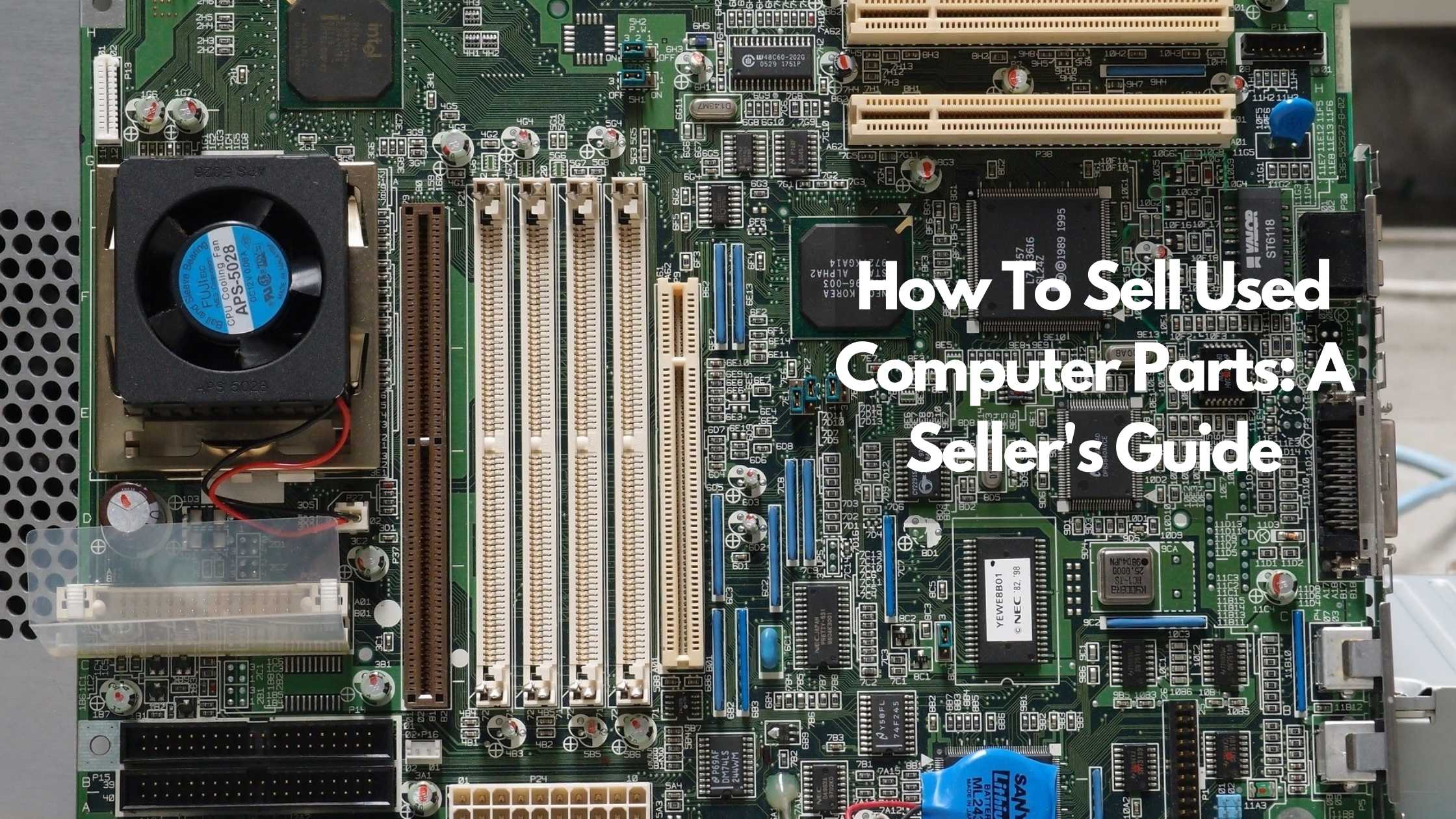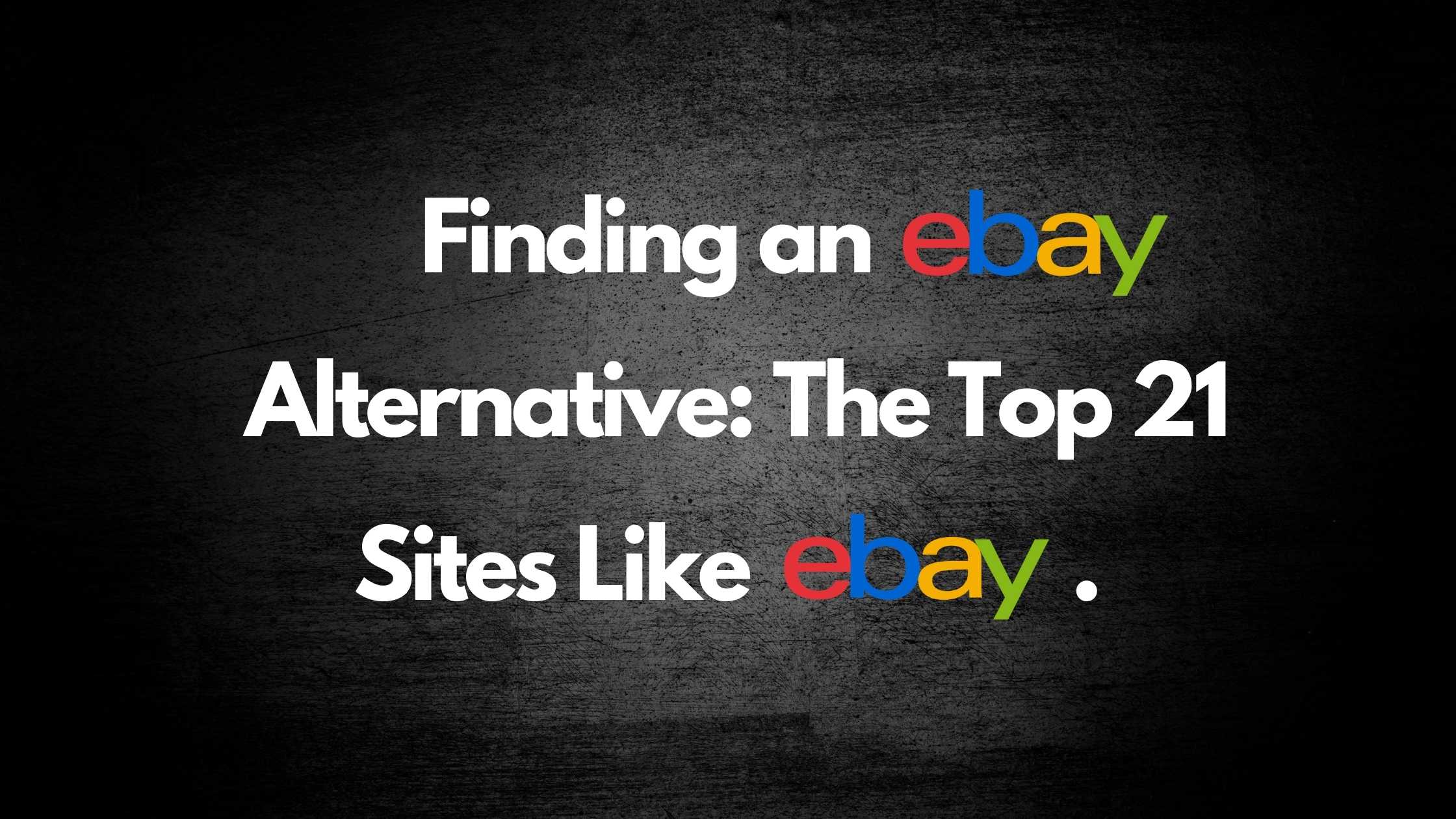
Want to Sell Your Old Apple Products? Here’s How, Where, and Why
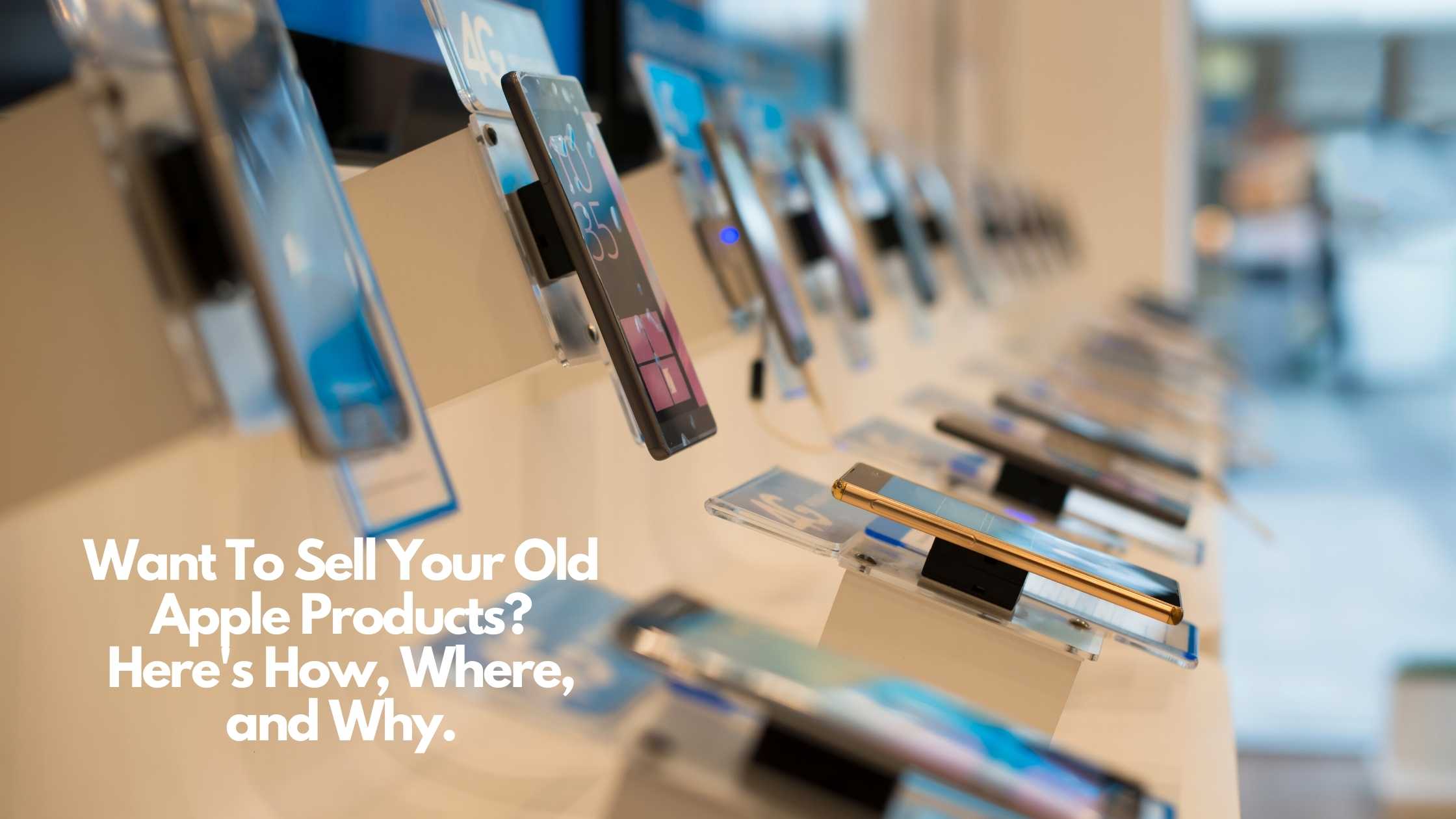
Every year, there’s a new latest-and-greatest line up of Apple products. Whether you lean more towards buying an iPhone, MacBook Air, or anything in between, you’ve likely gone through a few years’ worths of devices. But what should you do once your old devices are lying around your home collecting dust?
Selling old Apple products is something that, arguably, everyone should be doing. Because of the longevity of their products as well as their brand recognition, Apple devices can often retain value for a lot longer than you might think. Even devices that are three or four generations old can still generate hundreds of dollars on a secondhand electronic market.
However, people often struggle to find the motivation to research and plan the process of selling old devices. It can seem like too much of a hassle for an uncertain reward. But, as we’ll discuss throughout this article, selling your old Apple products doesn’t have to be complicated. Once you learn the process, it can and should become an ingrained part of your electronics ownership lifecycle.
With the constant upgrades that many people make, everyone must make the most of the electronics they own for the sake of their wallets and the environment. We’ll be delving into exactly how, where, and why you should sell your old Apple products in this three-part guide.
PART I: How You Can Sell Your Old Apple Products
In this section, we’ll go over how to get your device ready for sale. We’ll be focusing on how you can protect personal data from being accessed from your old device.
One of the biggest advantages of Apple devices for consumers is how seamlessly we can connect products within the macOS and iOS ecosystem. However, this also means that a sold secondhand device can give the new owner access to stored sensitive information.
So, as you read through this section, carefully follow the steps we’ve outlined. Not only do you want to ensure that your product is usable for the next owner, but that you’re protecting sensitive data that’s on the device.
Prepare Your Apple Device for Sale
When selling your old devices, the first step you’ll need to take is to ready the product to list online. That means you need to clean up your device, both inside and out. Making sure to clean and clear your device properly means that:
- You’ll have a better chance of selling your device successfully.
- You’ll be more likely to get a higher return on your sale.
- You’ll adequately protect sensitive data that may still be on your device.
Follow these upcoming steps to ensure that you’re presenting your old device in the best light to potential buyers while protecting yourself from data and identity theft at the same time.
Get the Exterior of Your Apple Product Ready for Sale
When selling any electronic device online, you want to make sure that you’re providing potential buyers with clear and detailed pictures of the device. While it may be tempting to rely on stock photos buyers will likely take this as a sign that you have something to hide and move on to the next listing.
The best thing you can do is take multiple, well-lit pictures that show you actually have the product in hand and are a trustworthy seller. Before you get ready to snap pictures of your Apple product, you’ll want to make sure that it’s as presentable as possible.
Just because they are looking for a secondhand item doesn’t mean their standards won’t be high. Secondhand electronic buyers will often look at the images associated with a listing before even bothering to check the product description.
Without high-quality images, you’ll often lose buyers who would otherwise be interested in the product you’re offering
Cleaning Your Apple Hardware for Sale
To properly clean your device, you’ll want to make sure that it’s disconnected from any power source. Apple recommends that you completely shut down both laptop and desktop computers when cleaning.
Grab a non-abrasive, lint-free cloth, similar to those that are used to clean glasses, and wipe-down your device, whether it’s an iPhone, iPad, MacBook, or iWatch. Also, make sure to never use a liquid cleaner directly on the product, even if it’s advertised as “made for electronics.” Liquids are notorious for destroying tech devices.
Spray any cleaning solution you use onto the cloth itself and wipe down the exterior only. For the screens, you’ll want to use only cloths dampened with water. Avoid applying to much pressure. This can disrupt the coating on Apple’s glass screens and make it more susceptible to scratching over time.
If you need to clean an accessory keyboard of an iMac or the keyboard of an Apple laptop, gently apply compressed air from a can. Try to moderate distance, and avoid forcing debris by putting the nozzle of the air can at a designated distance from the keyboard. If you want to perform a very thorough cleaning, you can also temporarily remove the keyboard keys.
Taking Photos of Your Apple Product
Once you’ve made your device presentable, you’ll want to take several high-quality photos. Having high-quality pictures will make all the difference between underselling your device or letting it remain unpurchased for weeks or months.
Buyers won’t want to take a chance on a secondhand device, and for them, seeing is believing. Choose a location with a neutral tabletop and background as well as adequate lighting. If your item has a case, be sure to remove it for the photos.
Then, make sure to take pictures of the device in all angles, making sure to document any significant scratches or dents. Being honest and upfront about the condition of the device will make buyers trust you more and complete the purchase.
Otherwise, you’ll likely be dealing with post-purchases disputes that aren’t worth the headache. There are plenty of people interested in purchasing apple products with some flaws to them at a fair price. Don’t think that your honesty will prevent you from making a sale. The more information the buyer has will eventually lead to more sales.
Remove Any Sensitive Data from Your Old Apple Device
Once the exterior of your old Apple device is ready for listing, you’ll need to clean up the storage. Doing this will ensure that your personal information is protected, and the device is usable for the future owner.
If you don’t follow these steps correctly, it can be a major headache down the line for both parties. Ensure you clear and reset your device before you list it for sale, rather than having a buyer waiting for you to ship it out.
Back-Up All the Files from Your Old Apple Device
Before beginning any of the later steps, always back up your device first. Even if you haven’t touched the device in months or years, you never know what old files, pictures, or notes you may want to salvage later.
Once it’s been reset, there will be no getting those files back. Be smart and save a back-up of the device to an external drive or the cloud. Once that is done, you can remove permissions, log out of your Apple ID, and reset your device to factory settings.
Disable Permissions for Your Apple Device
Next, you’ll need to disable permission for any cloud-based storage accounts linked to your device. Much like how Apple itself will keep a list of “approved” devices that you have active under your Apple ID account, services like Dropbox or Adobe Creative Cloud.
Make sure to log into these accounts and turn off permissions for your old Apple device. Once done, there’s no chance of your cloud storage being accessed from the device later on.
Turn Off Find My Device and Sign out Your Apple ID Account
Before you can factory reset your device, you’ll need to disable the “Find My iPhone” or “Find My Mac” setting and sign out of your Apple ID. In an iPhone or iPad, you’ll find this under the first listing in the Settings app with your name and “Apple ID, iCloud, iTunes, & App Store” written underneath.
For the MacBook and iMac lineups, you can access this setting in two ways:
- By going to System Preferences, selecting Apple ID, and then clicking on the device in question in the bottom left menu, you’ll be shown a list of apps using iCloud on that Mac. There, you’ll see “Find My Mac” with a button labeled “options,” which you can use to turn off the setting.
- You can also log in to iCloud.com on any device and use the Settings icon there to access. Go into “My Devices’ and log out of the device you want to sell, which will simultaneously turn off “Find My Mac.”
Once Find My Device is disabled, you’ll need to make sure that you sign out your Apple ID, which can either be done on iCloud.com (as detailed above) or on one of your active devices under the iCloud settings menu. This will allow you to move forward with a factory reset that will protect your information and permit the next owner to connect their account.
Perform a Factory Reset on Your Device
Once you’ve de-authorized your device, you’re ready to reset it to factory conditions. This process is fairly straightforward. An iPhone or iPad has a specific menu item for this under Settings > General > Reset. When resetting one of these devices, make sure that you select “Erase All Content and Settings.”
Choosing this option will ensure that any web history, saved passwords, and payment data is erased from your old Apple device. This will protect you from potential identity theft for which selling an improperly cleared device puts you at risk.
Resetting a macOS Device
For macOS products, you’ll need to restart the device, and as it turns on, hold the Option, Command, P, and R buttons. You’ll need to hold these keys for 20 seconds to clear the NVRAM and reset security features on the device. The device will seem like it’s restarting again, at which point you can let go of the keys (unless you have a Mac with the Apple T2 Security Chip).
Then, unpair any Bluetooth devices, such as a mouse, keyboard, or headphones, you have saved to the computer. From there, you can finish resting your computer by erasing the hard drive or SSD and reinstalling the macOS. To do this, start up your device from macOS Recovery by holding Command and R until the startup screen appears.
Once you see the macOS utility window, click on the “Disk Utility” option and press Continue. You’ll then need to select your startup disk, usually labeled as “Apple SSD,” from a drop-down menu so that you can erase. Enter a generic name you want the disk to have after erasing it, select the “APFS or Mac OS Extended (Journaled)” format, and press Erase.
After this part is complete, you’ll need to quit Disk Utility and reinstall macOS on the disk that you just named. You’ll use Command + R to start up your device in macOS Recovery again. Release the keys and then hold them again. This will reinstall the latest version of the macOS that was on the device. As soon as the installation is finished, your device is ready for sale.
PART II: Where to Sell Your Old Apple Products
Now that your device is ready to sell, you’ll need to choose where to sell it. Generally speaking, you have three options:
- Trading in your device for money towards a new one.
- Selling your device to buyback companies
- Selling your device directly to secondhand Apple consumers.
Which option is right for you will vary based on what device you’re selling, how much time and effort you want to put into selling it, and how much of a return you hope to get. We’ll go over each one of these three options so you can make the right decision on where to sell your device.
Choose Who Your Targeted Audience Is
Of the three options we’ve outlined, trading in your device can be both the worst and best way to recoup your money. Apple and the major cell phone carriers tend to incentivize consumers to upgrade their devices frequently. They will often have limited but relatively generous incentives to trade up for the latest model.
But the trade-in offers are usually only for the previous models from one or two years ago at the most. Research has found that the average Apple user keeps their device for over four years, so most people would only be offered free recycling rather than a financial return on their trade-in.
For people with older devices ineligible for the trade-in discounts from Apple, Verizon, T-Mobile, or AT&T, selling to a buyback company or on a secondhand electronics market is often the best way to make money from an old device. Each option has its trade-offs, but overall, if you want to get the most money from your sale, you’ll want to list the device yourself.
For example, in 2018, many buyback companies offered around $200 for a functional, unlocked iPhone 7, which could yield around $300 when sold on a market like Mercari or Sheepbuy. Of course, selling to a buyback company comes with the convenience of simply sending in your device and accepting your check.
Choose Where You’ll Sell Your Apple Device
With so many people using and replacing smartphones, tablets, and laptops today, there are many places for you to sell your device either to a buyback company or on a secondhand market.
While there are many more options out there, here is a list of some places that you should consider selling your device:
- Buyback companies:
- GazelleBuyback Boss
- Cult of Mac
- Buy Back World
- Secondhand market
Don’t be put off from using these sites if your device isn’t in perfect condition. Many people will still buy nonworking apple products for their parts.
Additionally, if you plan on selling your products yourself, consider our very own marketplace. Sheepbuy is a unique marketplace that stands out from the rest due to not charging a selling commission or any hidden fees. Plus, you’ll have less competition than selling on larger marketplaces.
Writing a Listing for Your Old Apple Device
When selling your Apple device on a secondary market, make sure to write a detailed description with all the pertinent information that buyers are looking for. People will often search for specifications rather than a product name. So ensure that your listing will come up for buyers looking for devices like yours by writing a complete description of your device.
Always include the following data as visibly as possible on your listing:
- Condition (perfect condition, light cosmetic damage, functional, etc.)
- Model (i.e., iPhone X, MacBook Pro, MacBook Air, iPad Pro)
- Year released/Generation
- Storage capacity (GB or TB)
For computers:
- Processor (i.e., Intel i5 or i7, etc.)
- RAM (GB)
- Graphics card
- Display (pixels)
By being upfront with the condition of your product, you will instill trust in potential buyers. They will feel more confident in the purchase of your device since its accurately represented in your listing. Combine your truthful, detailed description with high-quality pictures, and this will give you a competitive advantage over other listings.
PART III: Why You Should Sell Your Old Apple Products
Many of us are guilty of letting old tech sit unused in our homes after they’ve outlived our interest or need for them. But with many Apple products, that doesn’t have to be the case.
For many people, it may seem like an unnecessary hassle to get rid of these devices (after all, you were able to afford your next one without selling the old one, right?). But getting into the habit of selling your old devices is not only good for your wallet but for the environment and your personal data security as well.
Circulating Secondhand Tech Devices Is Good for the Environment
Today, tech devices are among the most significant pollutants on the planet. And with close to a billion iPhones and over 1.4 billion devices total, Apple products alone make a large chunk of the potential technological waste.
However, these days, having a smartphone can be a necessity in many professions, which may require you to have video conferencing and email capabilities, and more, while on the go. With more and more jobs requiring and even supplying smartphones for their employees, avoiding upgrades in the name of being eco-friendly isn’t always a feasible option.
But, making sure that your device’s lifecycle is extended can ensure a lessened environmental impact. One of the biggest threats to the environment that your devices pose is their tendency to leach harmful chemicals into the soil when left in landfills.
When you sell your device, you’re extending the amount of use that’s gained from its production and reducing potential future waste by increasing the supply of secondhand devices available for use. The more secondhand devices there are, the fewer people will buy brand new devices.
This is still true even if you’re selling non-functional equipment. As we discussed previously, many refurbishers will buy old, broken equipment to salvage expensive parts to repair other devices. By offloading your unused electronics to such buyers, you’re ensuring that the use of those parts is extended into the next machine and supporting the refurbished device market.
Selling Your Devices Improves Your Finances in the Short and Long Term
By selling your used Apple products, you would have helped the environment and your wallet.
Selling your old device can subsidize your next Apple product purchase. This will reduce the short term economic drain that comes with purchasing an Apple product.
If we try to locate all the electronic devices that we have purchased in the past, it might take some time. We may even see that some of them may be lost.
Now, back in the day, losing something like a simple mp3 player wouldn’t pose much risk. Still, nowadays, we’re much more likely to misplace something like an old iPhone or iPad, which can host a ton of sensitive data.
By adequately preparing our old devices for sale, we can reduce the risk of accidentally losing them and risking identity theft when they fall into the wrong hands.
Once you’ve started using devices within the Apple ecosystem, it can be challenging to transition away. Simultaneously, Apple products and their high demand allow them to retain value on the secondhand market.
Recommended Blog Posts:
TRENDING


Online Arbitrage for Beginners (Step-by-Step Guide)
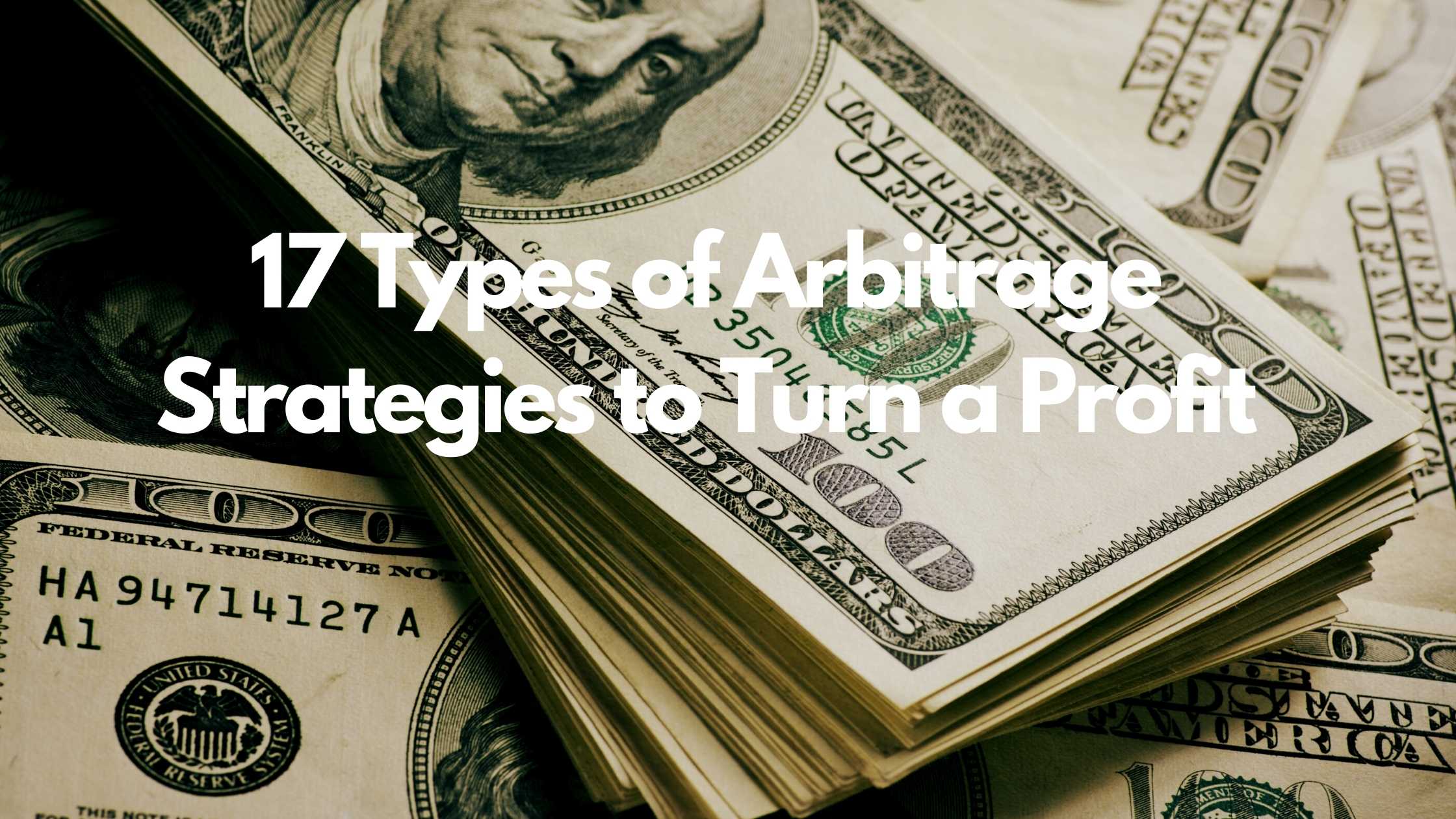
17 Types of Arbitrage Strategies to Turn a Profit
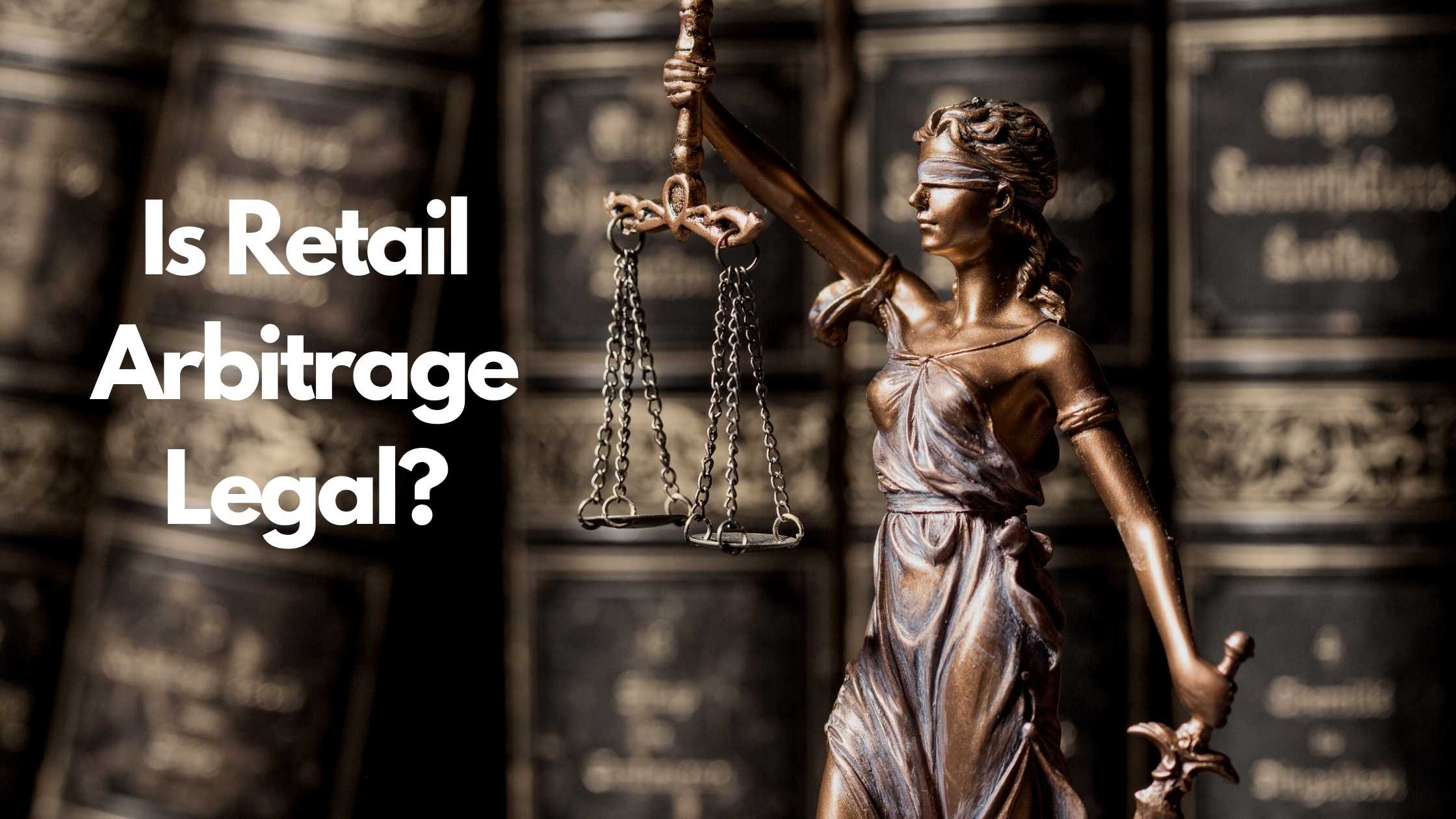
Is Retail Arbitrage Legal?

How to Turn Textbook Arbitrage into a Business for Profit

How Can You Tell if a Book is a First Edition?

What to Do With Your Jigsaw Puzzle When Finished?
